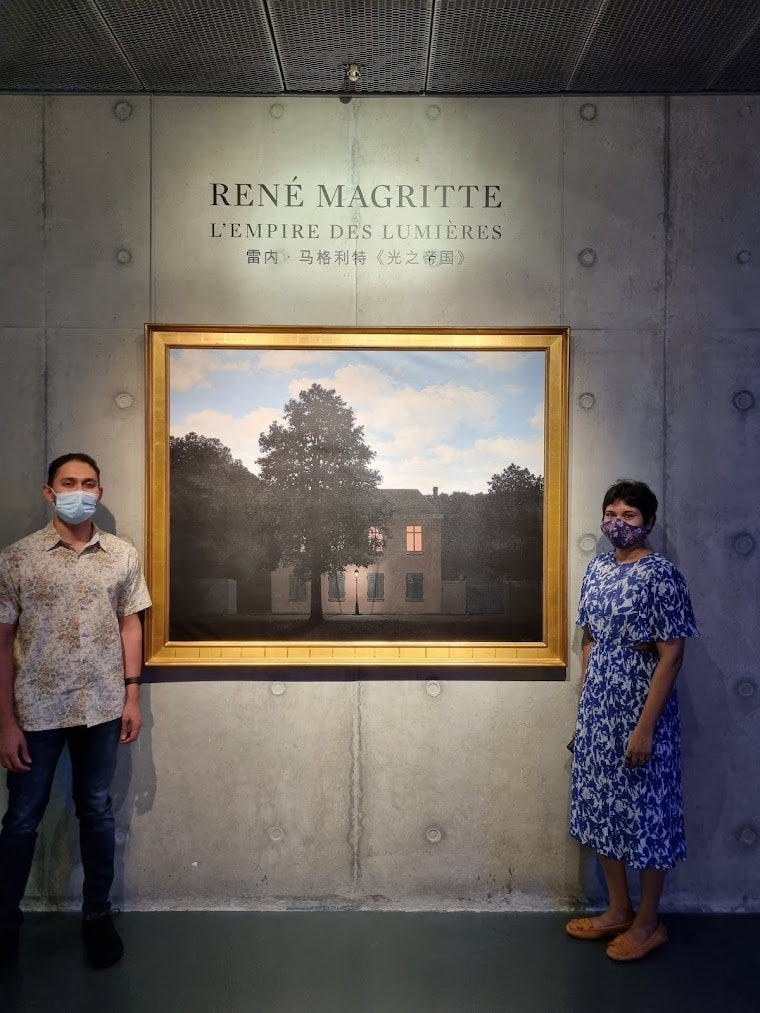Hey there!
Before we get into today’s email, a quick announcement. I’m hosting a Twitter Spaces next Saturday!
Looking forward to speaking with Ravi, Shravan, and KC. This is going to be amazing.
Hope to see you there! Follow me @jithamithra for any updates.
Speaking of antifragile companies, on to today’s article.
The secret of Trader Joe’s lasting success.
Trader Joe’s is one of the most successful grocery chains in the US.
In 2008, BusinessWeek reported that the company had the highest sales per square foot of any grocer in the United States.
In 2016, Fortune magazine estimated the sales to be $1750 per sq. ft. More than 2x Whole Foods, with a much larger footprint.
And to top it off, Trader Joe’s was one of the fastest retailers to recover from the COVID-19 lockdowns. As of Oct 2020, Whole Foods traffic was down 20%-30%, but Trader Joe’s had almost fully recovered.
I work in retail too, so I was quite impressed. And intrigued. What creates such sustained leadership?
So, when I heard that Joe Coulombe’s memoir had just been published, I immediately got the book and dug in.
Becoming Trader Joe is about the first 30 years of the business – 1958-1987.
As I looked at all the strategic decisions that made Trader Joe’s a retail powerhouse, one thing struck me.
There weren’t that many decisions!
Peter Thiel loves to ask, “What’s your secret?”
And boy, Trader Joe’s has a secret. It’s hidden in plain sight.
BTW: If you missed my last post, you can find it here:
Golden Nugget of the Week.
For all the shade that Web3 enthusiasts throw on Web2, we must admit: Web2 is frigging amazing!

Buy things, not experiences!
It’s all about Minimalism these days. We love to say, “Buy experiences, not things”.
The desire to accumulate is an artefact of times when things were scarce.
Even a Lamborghini won't give you happiness after the first couple of rides, once the novelty wears off.
Instead, focus on accumulating experiences. Memories you can treasure forever.
Or so the logic goes.
Harold Lee makes a good counter-case:
While I appreciate the Stoic-style appraisal of what really brings happiness, economically, this analysis seems precisely backward. It amounts to saying that in an age of industrialization and globalism, when material goods are cheaper than ever, we should avoid partaking of this abundance. Instead, we should consume services afflicted by Baumol’s cost disease, taking long vacations and getting expensive haircuts which are just as hard to produce as ever.
Put that way, the focus on minimalism sounds like a new form of conspicuous consumption. Now that even the poor can afford material goods, let’s denigrate goods while highlighting the remaining luxuries that only the affluent can enjoy and show off to their friends.
Great article. Not least because he coins the term "experience economy rat race".
Nevertheless, I still think experiences are better than things, especially if they are free.
Let me give you an example from just this weekend:

The wife found out that this painting is in Singapore for two days (en route to London to be auctioned). And it’s only available for private viewing (translation: for potential bidders). But she wrote in to Sotheby’s, and they kindly agreed to let us come look at the painting.
Walking through the high security vault was quite something! Felt like we were in Tenet, but walking forward instead of backward.
The painting (a Magritte) was exquisite, of course. (And the closest I’ve been to $60 million).
That’s it for this week. As always, stay safe, healthy, and sane.
PS. Would love if you could share today’s edition on Twitter so more people can see it. Thanks a lot!
Cheers,
Jitha





